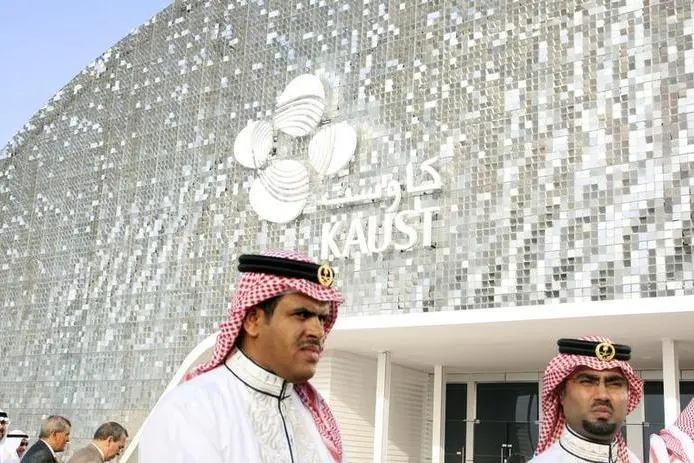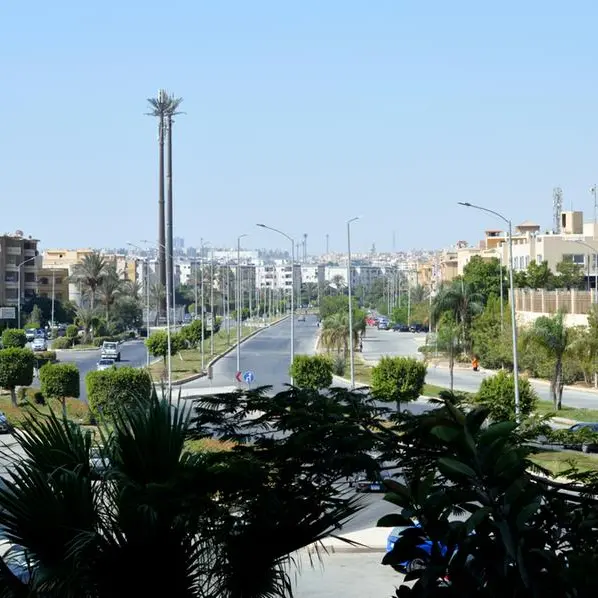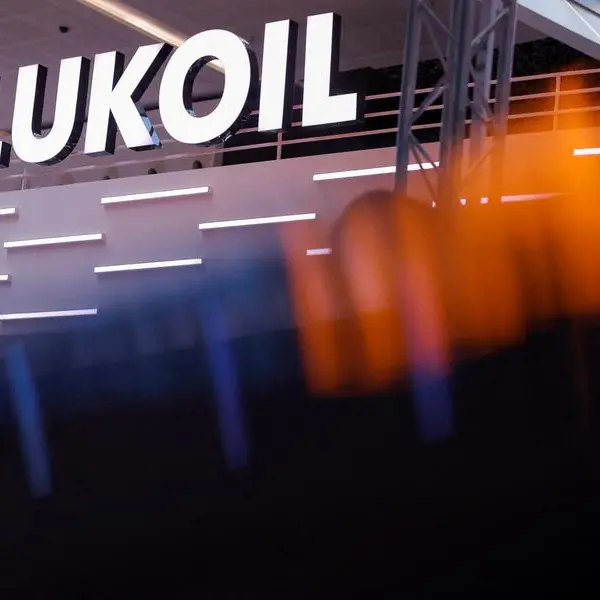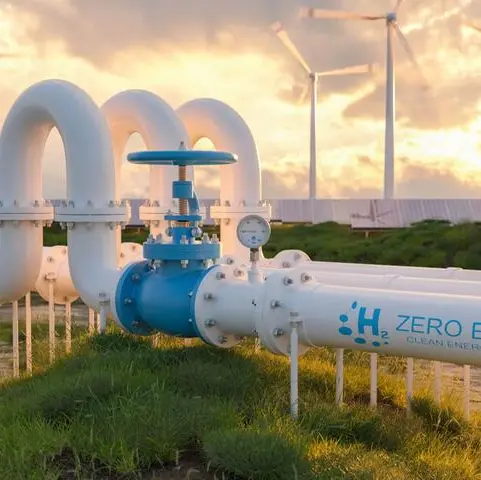PHOTO
THUWAL — As a leading hub of scientific research and innovation, KAUST continually strives to push the boundaries of innovation from the lab to real-world applications.
KAUST Smart helps fulfill an important part of this vision by proactively testing smart city concepts and leveraging the unique talents and expertise available within the KAUST community of researchers and innovators to make our university campus the world’s leading smart city living lab. A great example of this is the recently completed KAUST Smart Home.
The KAUST Smart Home recently received the coveted LEED Platinum certification and attained second place in the global rankings, with a score of 94.
The LEED certification requirements are based on several key factors such as overall energy consumption, construction methods, and the materials and elements used. This represents a significant achievement as the KAUST Smart Home project was created from an existing home.
The leading smaller smart home in the rankings earned a score of 95. But it’s noteworthy that the larger-size home retrofitted by KAUST and our building partners offers a concrete example of how existing infrastructures can be improved to meet our future sustainability goals.
This award is in addition to the previous LEED Platinum certification recognizing the KAUST campus as a whole, specifically the buildings and offices.
Shortly before the start of the pandemic, the university set on the path to work with UK-based innovation consultancy Treehouse to consult the wider KAUST community on a plan to build a smart house on campus.
Over 100 community members were interviewed as part of an extensive research process to develop the optimal future home. Partnering with construction contractor Saudi Arabian Baytur, the inventive building project took shape and was successfully completed.
Some highlights of the KAUST Smart Home include a total of 120 solar panels evenly distributed across the home, hydropanels providing seven to ten liters of drinking water per day extracted from the atmosphere’s humidity, and a leak detection system to immediately report incidences on home residents’ mobile devices.
The project is a collaboration between Facilities Management, KAUST Smart and Community Life. The university stakeholders believed in a vision which would put the human experience at the center of the project while addressing sustainability challenges that could be globally relatable.
The building blocks for smart cities of the future start with smart homes offering living spaces where actionable data collection, sustainable technology, as well as energy and resources conservation all converge to enhance livability.
A living laboratory
The underlying technology essentially enables and supports the vision of the KAUST Smart Home as a living laboratory.
In pursuit of this objective, technological innovations from eight KAUST startups have been integrated into the house’s design direction — focusing on four main areas: solar, geothermal, smart tech and architecture.
“As a science and technology university, KAUST has the expertise of top-tier faculty and researchers. As a result of their collaborations and partnerships, we have implemented eight technologies from KAUST startup companies that are using the smart home as a test for different systems in development,” said Matthew Early, vice president for Facilities Management.
“Our smart home is a living laboratory that will continue to evolve as technology advances.”
Three KAUST startups provide the technology to support the smart home’s network of solar panels, which power the smart home’s battery.
The technology from Onyx Solar is supplemented by KAUST startups Iyris, which has now merged with Red Sea Farms, focusing on creating the next generation of transparent glass solar panels, and Mirai Solar, providing photovoltaic shades and foldable solar panels.
Another KAUST startup, NOMADD, provides a waterless robotic cleaning solution for the solar panels.
An immediately noticeable feature when visiting the KAUST Smart Home is how quiet it is compared to standard air-conditioned homes. This is due to the geothermal energy system utilized to cool the house.
The construction team dug 18 wells around the entire house premises, going 80 meters down into the ground. A closed loop of underground pipe networks drives water from the house down into the ground, providing heat exchange through an active geothermal process, and returns the cooled down water up into the HVAC system.
Another Geothermal system implemented in the Smart Home is the Passive system, where outside air enters through grills to an underground pipe system and circulates at a depth of 2.5 meters in 6 underground pipes looping around the house at an approximate length of 40 meters before entering the fresh air handling unit.
For its part, KAUST startup SaNoor provided optical fiber cable and sensing unit solutions used throughout the house to operate the leak detection system for the home. Of course, an essential aspect of a smart home is the array of such smart technologies helping make users’ lives easier.
These features also include motion sensors for lighting, smart access control, automated curtains and practical solutions like a drone landing system — enabled by KAUST startup Firnas Aero.
The architectural element was a central aspect detailed in the initial engagement phase with the KAUST community. Six strategic design directions served as guidelines in the layout and design of the KAUST Smart Home.
These included, among others, elements like the users’ need to be connected with nature, a customizable and inclusive living space adaptable to changing needs over time, as well as the efficient management of resources.
Three KAUST startups provided solutions to embrace better and improve the overall efficiency of the symbiosis between the smart house and its immediate natural environment.
The hydrophobic sand developed by SandX plays a vital role in preventing water evaporation from the root of the local plants in the home’s garden. Also, Darwin21 offers a biological compound added to vegetation to make them more resistant in arid conditions.
The eighth startup, Edama Organic Solutions, develops organic waste recycling solutions explicitly designed for desert environments. All products assisting in significantly decreasing the required amount of irrigation water to the plants.
Some new technologies being explored to supplement the initial eight startups include testing the use of small drones to clean the surfaces of solar panels installed on more fragile structures around the house, such as on the balcony and small greenhouse.
The team is also working on introducing a ninth KAUST startup, Uvera, founded by Saudi KAUST Ph.D. student Asrar Damdam. Using UV light technology, Uvera was created to address the need to cut down the spoilage associated with food waste and increase environmental awareness and sustainability.
Reaching Net-Zero
The KAUST Smart Home was conceived to minimize its carbon footprint through the home’s energy-efficient design and renewable energy integration. The smart house is net-zero during the day, which means it produces the same amount of energy as it consumes.
“We aim for the KAUST Smart Home to attain net-zero status. While we’re currently achieving net-zero targets during the day, thanks to the ample sunlight and the innovative technologies we’ve implemented, the challenge remains to reach net-zero at night,” as Said Al Bader, manager for Construction Project Management at KAUST, explained.
“The smart home runs on a single battery, which currently isn’t sufficiently replenished for all the house’s demands at night. But the goal is to develop new technologies, in partnership with researchers, startups and external vendors, to reach full net-zero status in the future.”
Among the energy-saving features that help the smart house be net-zero during the day include home automation systems like sensors to detect the presence or absence of someone in a room and adjust lighting and room temperatures accordingly.
Carefully selected outer home insulation material also helps prevent cold air from the geothermic system from seeping out.
Even the gray water from the home’s showers and sinks is recycled through a Hydroloop system that reuses the treated water for use in the home’s flush tanks and outdoor irrigation. This saves about 40% in water consumption compared to similar houses.
By achieving this top-tier LEED Platinum certification, the KAUST Smart Home serves as a model for the region and beyond to demonstrate how collaborative and forward-thinking can help accelerate a more sustainable future.
It is reported that the full details of the smart home project were presented in an expanded report broadcast by MBC channel in an expanded report.
© Copyright 2022 The Saudi Gazette. All Rights Reserved. Provided by SyndiGate Media Inc. (Syndigate.info).





















